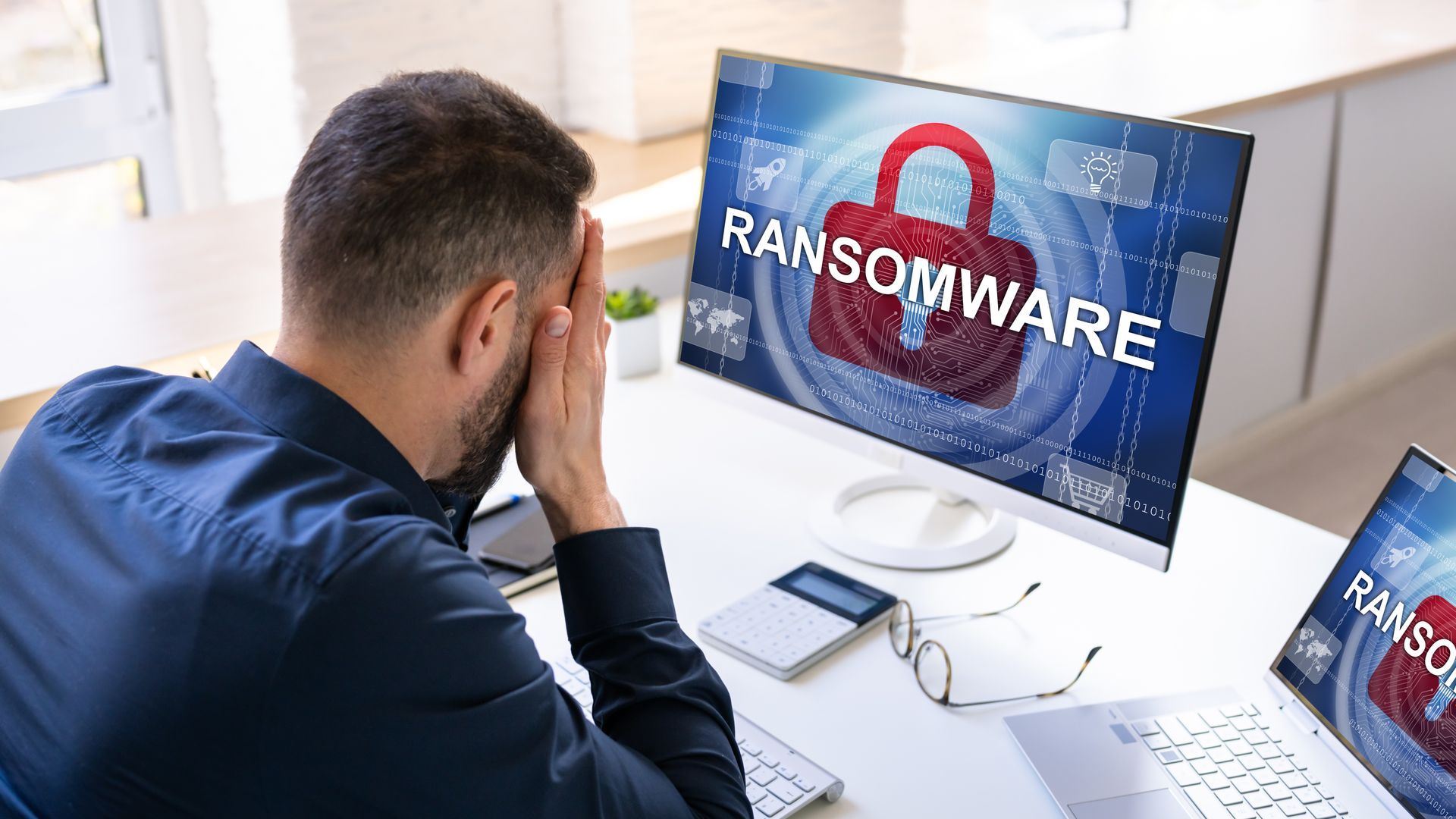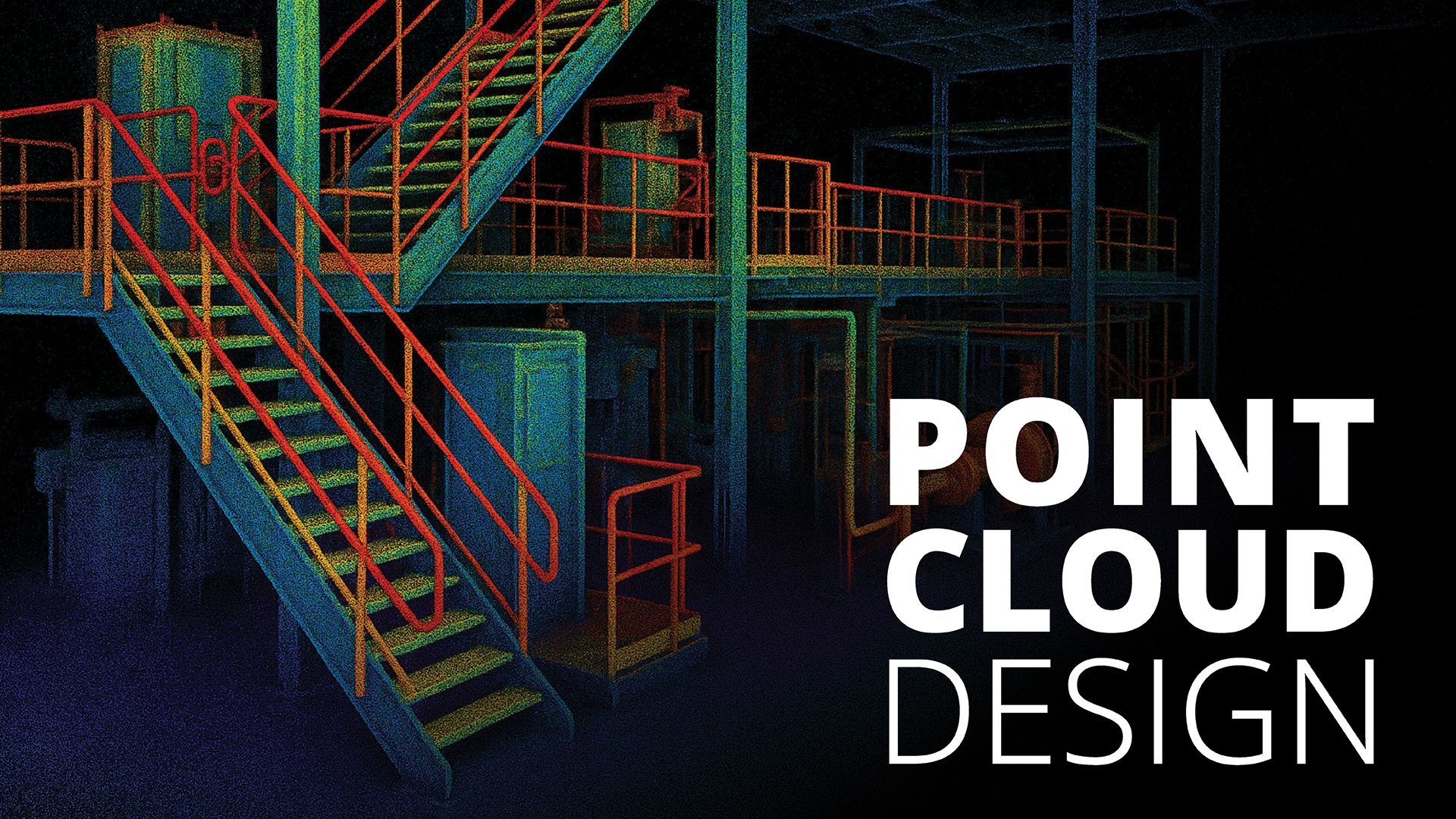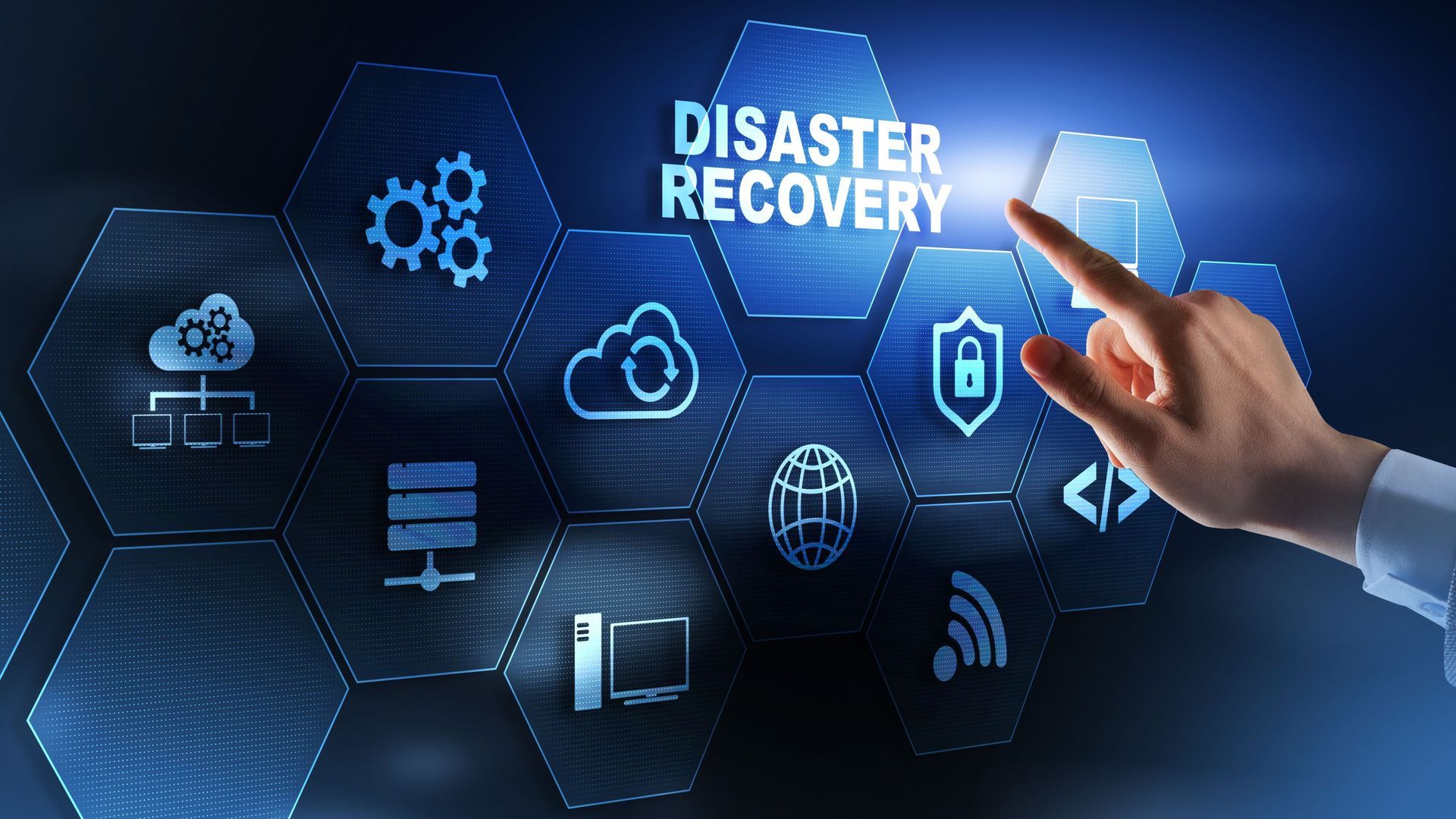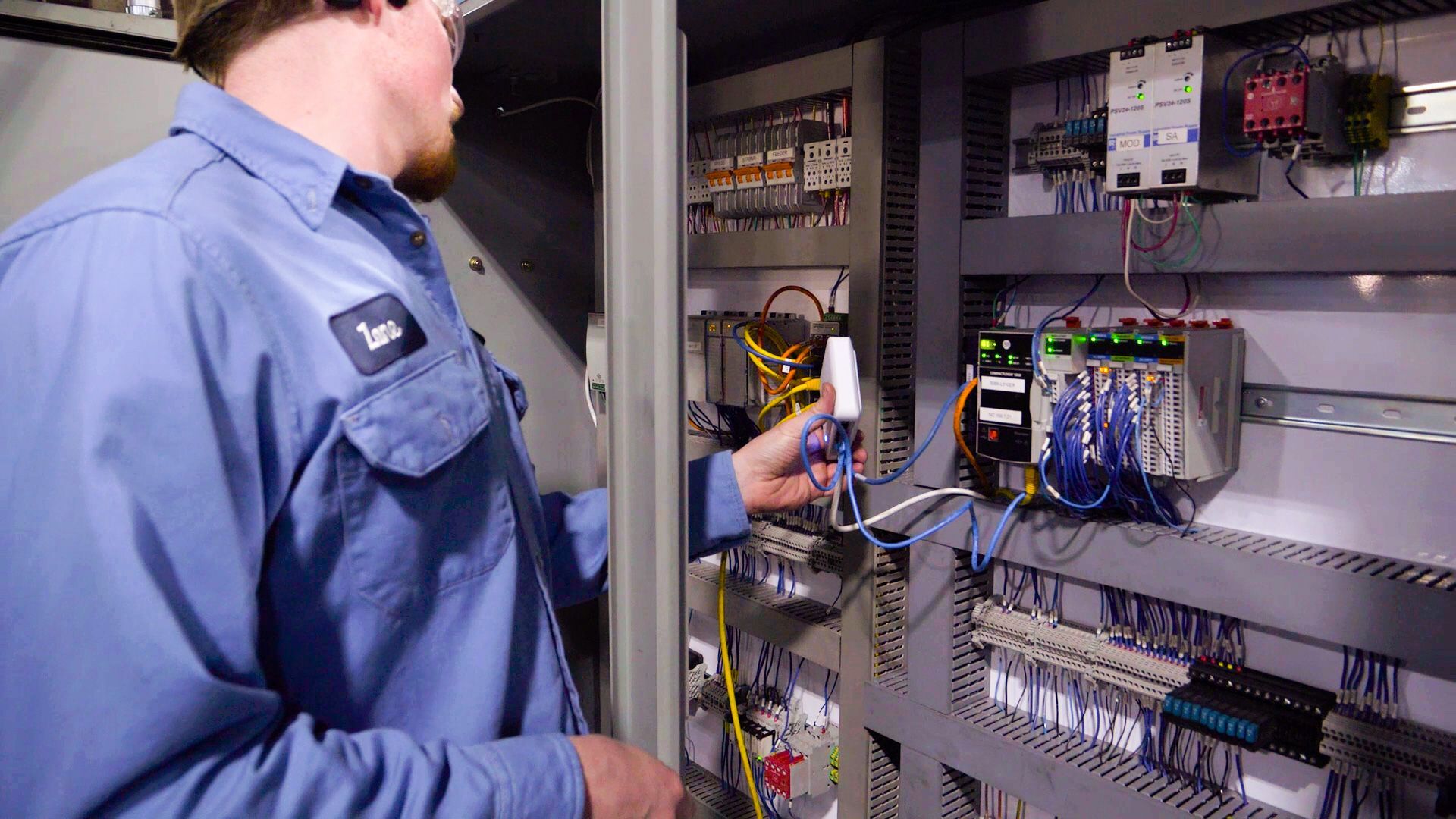Ransomware Readiness: A Step-by-Step Guide to Protecting Your Business

“It won’t happen to us.” That’s what many business owners think—until it does.
Ransomware has quickly become one of the most costly and disruptive threats facing businesses of all sizes. Unlike other cyberattacks, ransomware doesn’t just steal information—it locks you out of your own systems until a ransom is paid, often crippling operations for days or weeks.
In June, we discussed how “Data Backup Is Not Disaster Recovery.” Today, we’re taking that conversation further. Cybercriminals have grown adept at evading old defenses. Many ransomware attacks now target and encrypt backups first, leaving businesses with no safety net if they don’t have a full recovery strategy in place.
So how can you prepare your business before it’s too late?
The Evolution of Ransomware
Ransomware has evolved from crude encryption schemes into complex, multi-stage attacks. The collapse of major groups like Lockbit and BlackCat has fractured the ecosystem, giving rise to lone operators and hybrid threat actors that blur the lines between cybercrime, espionage and hacktivism.
New tactics include:
- Phantom scams: Fake ransom notes sent by mail
- Living Off the Land (LOTL): Using legitimate tools to avoid detection
- Double extortion: Encrypting data and threatening to leak it
- Human-operated ransomware: Attacks rely on social engineering techniques and insider manipulation
Real-World Impact of Ransomware
- Colonial Pipeline (2021): A ransomware attack shut down the largest fuel pipeline in the U.S. for nearly a week, causing fuel shortages and panic buying.
- City of Baltimore (2019): Attackers demanded $76,000 in ransom. The city refused—but ended up spending over $18 million recovering systems and services.
- Ingram Micro (2025): In July, IT distribution giant Ingram Micro suffered a global outage due to a ransomware attack by the SafePay group. The attack disrupted website access, order processing, and internal operations for nearly a week.
- Small Businesses (every day): According to the FBI, over 70% of ransomware victims are small and mid-sized businesses. Why? They often lack advanced defenses, making them easier targets.
The message is clear: ransomware doesn’t discriminate. Whether you’re a manufacturer, professional services firm or municipality—if you use technology to run your business, you are at risk.
How Humans Are Used to Execute Attacks
Cybercriminals increasingly rely on human behavior to breach defenses:
- Phishing & Impersonation: Attackers impersonate employees and trick help desk staff into provisioning access. Groups like Scattered Spider use native English speakers to convincingly pose as internal staff.
- Credential Theft: Employees reuse passwords or fall for fake login pages. These credentials are sold on the dark web and used to infiltrate networks [1].
- Employee Burnout: Tired or disengaged employees are more likely to click suspicious links or ignore security protocols. In one survey, 63% of employees admitted they’d open a suspicious email if it appeared to come from a colleague.
- Overconfidence: Despite training, many employees believe they can spot phishing—but attackers now use AI to craft flawless messages.
“Human error is the biggest contributor to any data breach. Nearly three out of four incidents involved a human element like error, privilege misuse, stolen credentials or social engineering.” — Infosec Institute
Ransomware Readiness Checklist
Here’s a step-by-step framework to strengthen your defenses:
- Educate Your Team – Human error is still the #1 cause of successful ransomware infections. Regular phishing simulations and awareness training are critical. Teach staff to not click unverified links, avoid unknown USB devices and use VPNs on public networks.
- Patch and Update Systems – Cybercriminals exploit known vulnerabilities. Keep servers, applications and endpoints up to date. Use firewalls and endpoint protection.
- Segment Your Network – Don’t let attackers move freely inside your systems. Limit access and separate critical infrastructure from general-use networks.
- Secure Your Backups – Keep backups encrypted, offsite and inaccessible from the primary network. Test them regularly to confirm they can be restored.
- Implement Multi-Factor Authentication (MFA) – Passwords alone are not enough. Require MFA for remote access, admin accounts and email.
- Monitor and Respond 24/7 – Early detection is everything. Proactive monitoring tools can identify and lock down suspicious activity before it escalates. Keep systems updated, and watch for LOTL tactics, blind spots and unusual activity—especially during nights and weekends.
- Develop (and Test) a Response Plan – Conduct regular tabletop exercises. Know who to call, how to isolate infected systems and how to restore operations quickly.
From Readiness to Resilience
Cybersecurity isn’t about eliminating every risk—that’s impossible. It’s about building resilience so your business can withstand attacks and bounce back stronger. Seifert Technologies designs ransomware readiness and recovery strategies with the right combination of prevention, detection and recovery strategies. Don’t wait until you’re locked out. Let’s build your defense plan today.
Contact us to schedule a free consultation. Call 330.833.2700 ext. 113 or email sales@seifert.com.












